Home>Gardening & Outdoor>Outdoor Recreation & Activities>When Was Cornhole Invented?
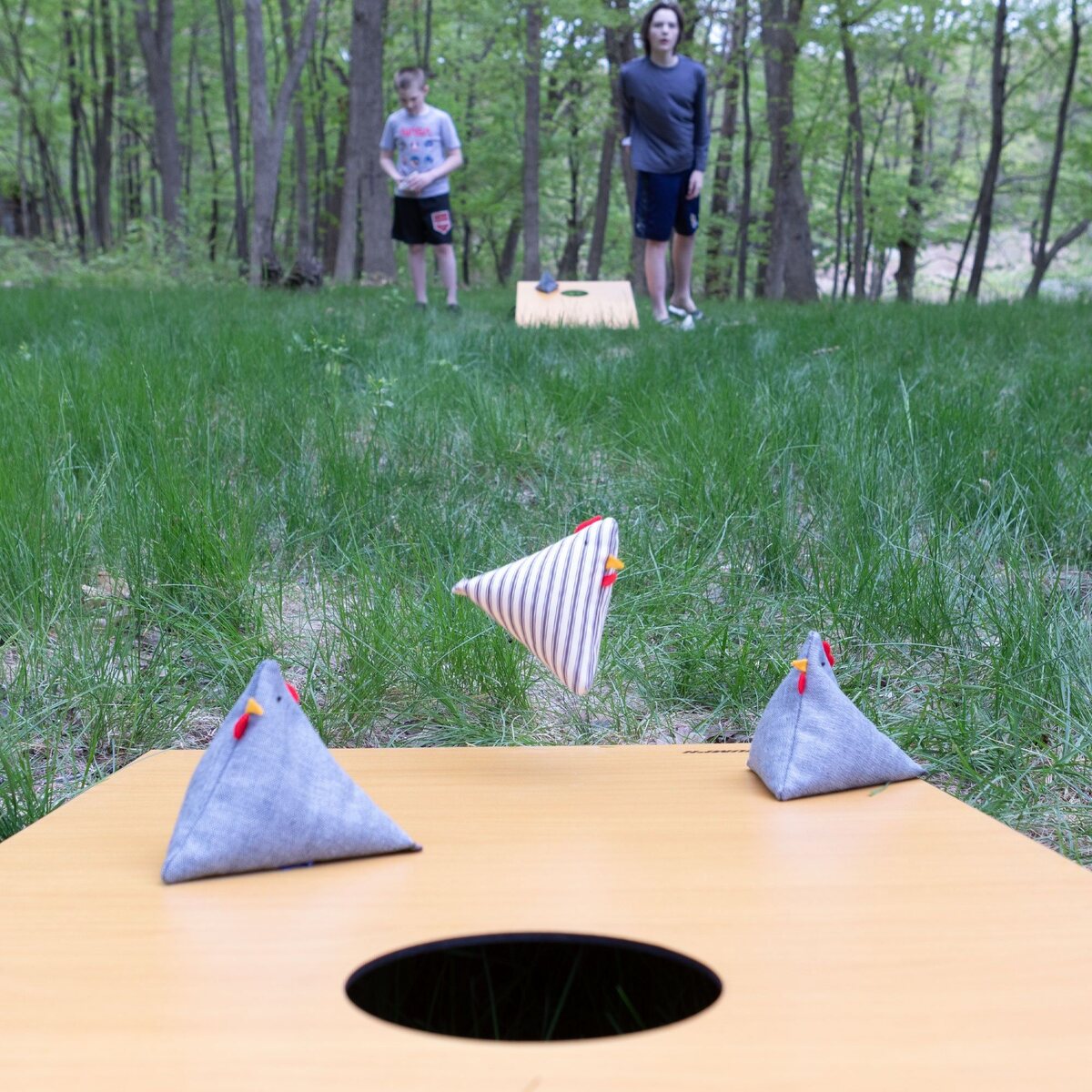

Outdoor Recreation & Activities
When Was Cornhole Invented?
Published: January 31, 2024
Discover the history of cornhole, a popular outdoor recreation and activity. Learn when and where this beloved game was invented.
(Many of the links in this article redirect to a specific reviewed product. Your purchase of these products through affiliate links helps to generate commission for Storables.com, at no extra cost. Learn more)
**
Introduction
**
Welcome to the fascinating world of cornhole! This classic outdoor game has been a beloved pastime for generations, bringing friends and family together for hours of fun and friendly competition. In this article, we'll explore the origins of cornhole, its rise in popularity, and the modern rules and regulations that govern this timeless game.
Whether you're a seasoned cornhole enthusiast or someone who's just discovering this entertaining activity, join us on a journey through the history and evolution of cornhole. From its humble beginnings to its widespread appeal today, cornhole continues to bring joy and camaraderie to people of all ages. So, grab your bean bags and let's delve into the captivating story of cornhole!
**
Key Takeaways:
- Cornhole originated in early 20th century America, gaining popularity for its simplicity and entertainment value. It has evolved into a cherished tradition, uniting people of all ages in friendly competition and camaraderie.
- With standardized rules and regulations, cornhole has transitioned from a simple rural game to a professionalized sport. Its inclusive nature and enduring appeal continue to bring joy and connection to players across the country.
Read more: When Was The Bathtub Invented
The Origins of Cornhole
**
The origins of cornhole can be traced back to early 20th century America, with its roots firmly planted in the Midwest. Some sources suggest that the game may have been first played in the farmlands of Kentucky, while others attribute its beginnings to the cornfields of Ohio. Regardless of its exact birthplace, cornhole emerged as a popular pastime among farmers and rural communities.
The game was originally known by various names, including "corn toss" and "bean bag toss," reflecting the simple yet enjoyable nature of the activity. Its widespread appeal can be attributed to the ease of setting up the game and the minimal equipment required, making it accessible to people from all walks of life.
Traditionally, cornhole boards were crafted from scrap materials found on the farm, with wooden planks and discarded corn sacks serving as the primary components. The corn bags themselves were often filled with, as the name suggests, dried corn kernels, adding an authentic touch to the game.
As the game gained popularity within rural communities, it gradually made its way to other parts of the country, captivating players with its blend of skill and leisure. Over time, the rules and equipment evolved, paving the way for cornhole to become a staple of outdoor gatherings, picnics, and tailgate parties.
While the precise origins of cornhole may be shrouded in the mists of time, its enduring appeal and simple yet addictive gameplay have solidified its status as a cherished American tradition. From its humble beginnings in the heartland to its widespread recognition today, cornhole has woven itself into the fabric of outdoor recreation, bringing joy and entertainment to countless individuals across the nation.
**
Popularity and Spread of Cornhole
**
As the 20th century progressed, cornhole experienced a surge in popularity, transcending its rural origins to captivate a diverse array of enthusiasts. The game’s inherent simplicity and entertainment value contributed to its widespread appeal, drawing players from all walks of life and regions across the United States.
One of the key factors in the spread of cornhole was its adaptability to various settings. Whether it was played at backyard barbecues, community gatherings, or college campuses, cornhole provided a lighthearted and engaging activity for participants of all ages. Its portability and straightforward setup made it an ideal addition to social events, fostering a sense of camaraderie and friendly competition.
Furthermore, the rise of tailgating culture in the latter half of the 20th century played a significant role in popularizing cornhole. Fans attending sporting events and outdoor concerts embraced the game as a staple of pre-game festivities, adding an extra layer of enjoyment to their communal gatherings.
As cornhole’s popularity continued to grow, enthusiasts began organizing local tournaments and leagues, further fueling its expansion. These events provided a platform for players to showcase their skills and connect with fellow aficionados, fostering a sense of community and sportsmanship.
With the advent of the internet and social media, cornhole found a new avenue for exposure and engagement. Enthusiasts formed online communities, sharing tips, strategies, and camaraderie, while also using digital platforms to organize and promote events on a larger scale. This digital connectivity helped propel cornhole into the mainstream, attracting a new generation of players and fans.
Today, cornhole has firmly established itself as a beloved outdoor pastime, with organized tournaments, televised competitions, and dedicated enthusiasts spanning the entire country. Its enduring popularity and inclusive nature have transcended generational and cultural boundaries, solidifying its status as a cherished tradition in American leisure and recreation.
**
Cornhole was invented in the 19th century by farmers in the Midwest. It became popular in Cincinnati, Ohio, and has since spread across the United States.
Modern Cornhole: Rules and Regulations
**
While cornhole’s origins may harken back to simpler times, the modern iteration of the game boasts standardized rules and regulations that govern competitive play. Understanding these guidelines is essential for both casual players and serious competitors, ensuring fair and enjoyable gameplay for all participants.
At its core, cornhole is a game of skill and precision, requiring players to toss bean bags onto a raised platform with a cutout hole at the far end. The game is typically played with two opposing teams, each consisting of one or two players. The primary objective is to score points by successfully landing bean bags on the board or, ideally, through the central hole.
Standard cornhole equipment includes two wooden boards, each measuring 2 feet in width and 4 feet in length, along with eight bean bags, four for each team. The boards are typically arranged 27 feet apart from front edge to front edge, creating a challenging yet achievable distance for players to aim their throws.
When it comes to scoring, a bean bag that lands on the board earns one point, while a bag that goes through the hole scores three points. The game is typically played to a predetermined point total, often 21, with the first team to reach or exceed this score declared the winner.
While the basic rules of cornhole remain consistent, organized competitions and leagues may implement additional regulations to ensure uniformity and fairness. These may include guidelines on player conduct, equipment specifications, and tournament formats, all aimed at maintaining the integrity of the game and fostering a competitive yet respectful environment.
Furthermore, the American Cornhole Organization (ACO) and similar governing bodies have played a pivotal role in establishing standardized rules for competitive cornhole. These organizations oversee official tournaments, establish ranking systems, and provide a framework for players to compete at local, regional, and national levels, contributing to the professionalization and widespread recognition of the sport.
For enthusiasts looking to elevate their cornhole experience, familiarizing themselves with the official rules and regulations is crucial. Whether playing in a casual setting with friends or pursuing competitive aspirations, a solid understanding of the game’s guidelines enhances the overall enjoyment and sportsmanship of cornhole.
**
Conclusion
**
From its humble origins in the heartland of America to its widespread popularity today, cornhole has evolved into a cherished pastime that transcends generations and brings people together in the spirit of fun and camaraderie. What began as a simple game played in rural communities has blossomed into a beloved tradition, captivating enthusiasts across the country with its blend of skill, leisure, and friendly competition.
The enduring appeal of cornhole lies in its accessibility and inclusivity, welcoming players of all ages and backgrounds to partake in its simple yet engaging gameplay. Whether it’s a casual match at a backyard gathering or a competitive showdown at a sanctioned tournament, cornhole continues to unite individuals in the shared enjoyment of outdoor recreation.
As the game has gained prominence, the establishment of standardized rules and regulations has further propelled cornhole into the realm of organized sport, with dedicated leagues, official competitions, and a growing community of passionate players. The professionalization of cornhole has not only elevated the game to new heights but also fostered a sense of sportsmanship and camaraderie among its participants.
Looking ahead, the future of cornhole appears bright, with continued growth and recognition on the horizon. As the game continues to capture the hearts of enthusiasts and spectators alike, it is poised to carve out an enduring legacy as a quintessential American pastime, cherished for its simplicity, entertainment value, and ability to forge lasting connections among players.
So, whether you’re a seasoned veteran of the cornhole boards or someone discovering the game for the first time, take a moment to appreciate the rich history and vibrant culture that surrounds this beloved pastime. Grab your bean bags, set up your boards, and join the countless individuals who have found joy and camaraderie in the timeless tradition of cornhole.
Frequently Asked Questions about When Was Cornhole Invented?
Was this page helpful?
At Storables.com, we guarantee accurate and reliable information. Our content, validated by Expert Board Contributors, is crafted following stringent Editorial Policies. We're committed to providing you with well-researched, expert-backed insights for all your informational needs.

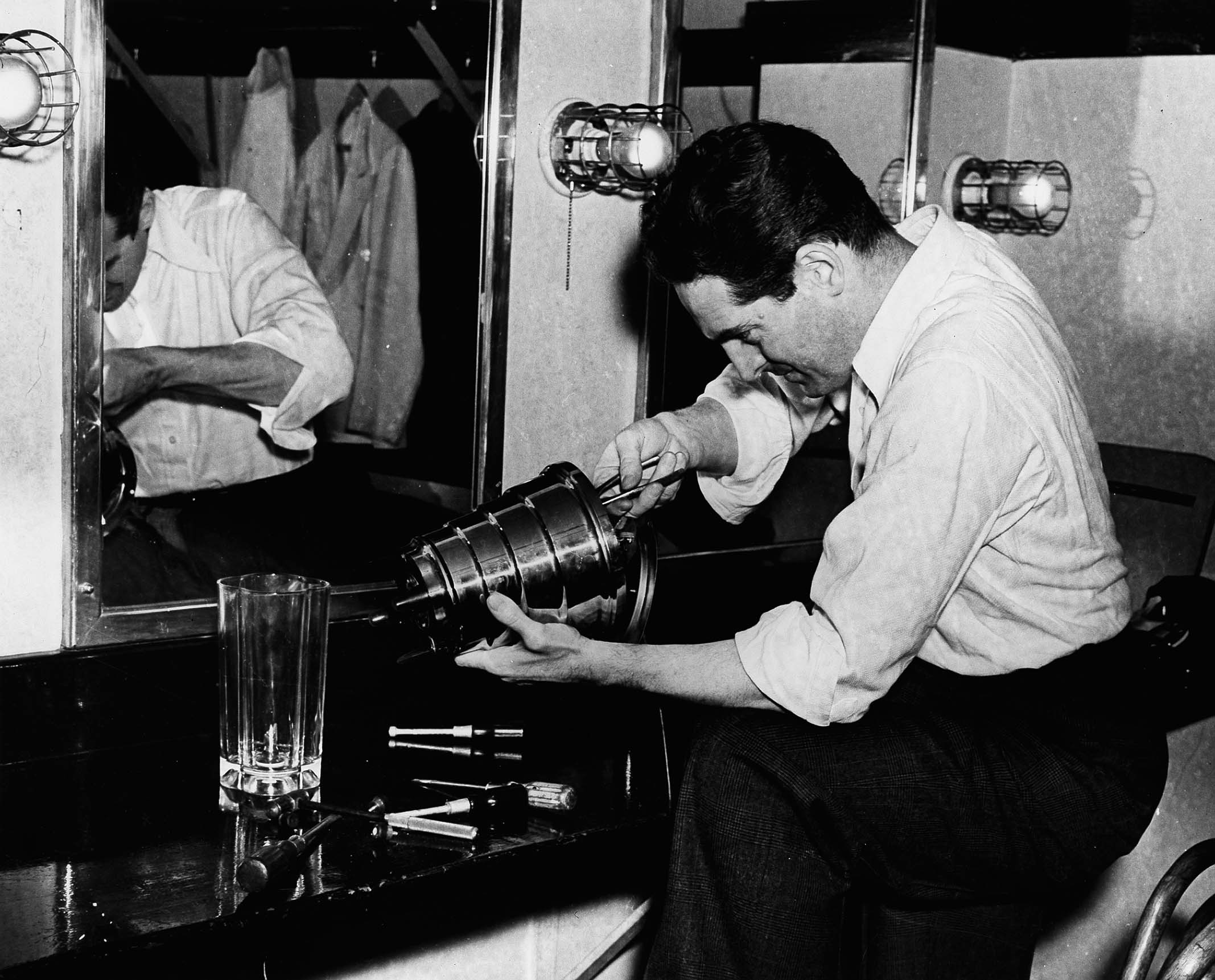







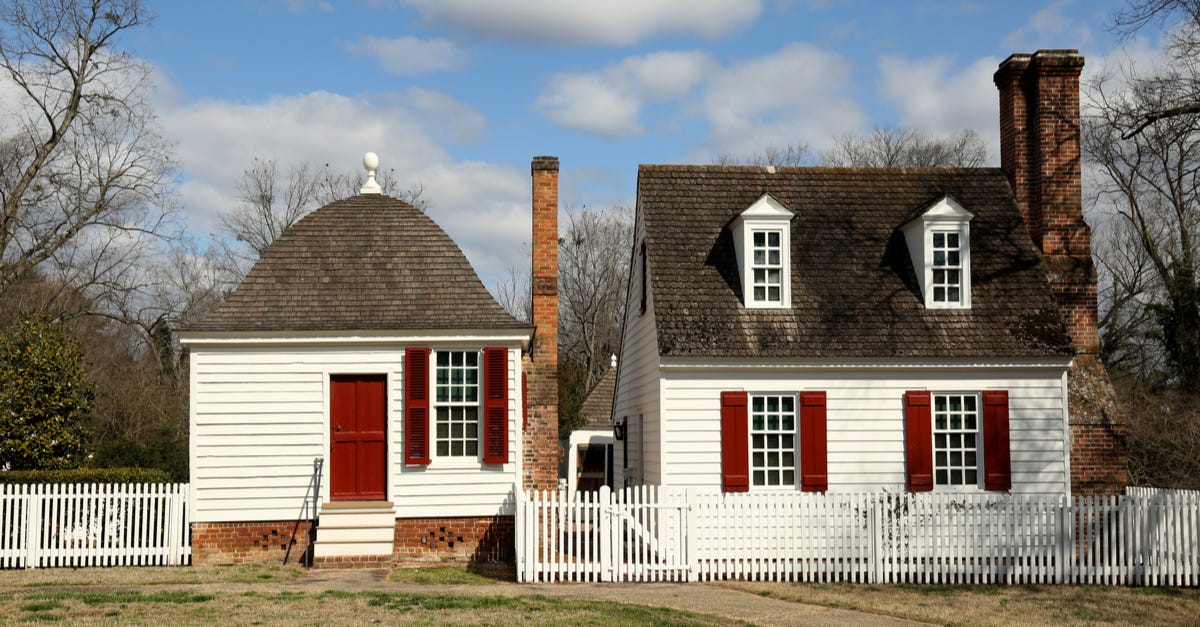
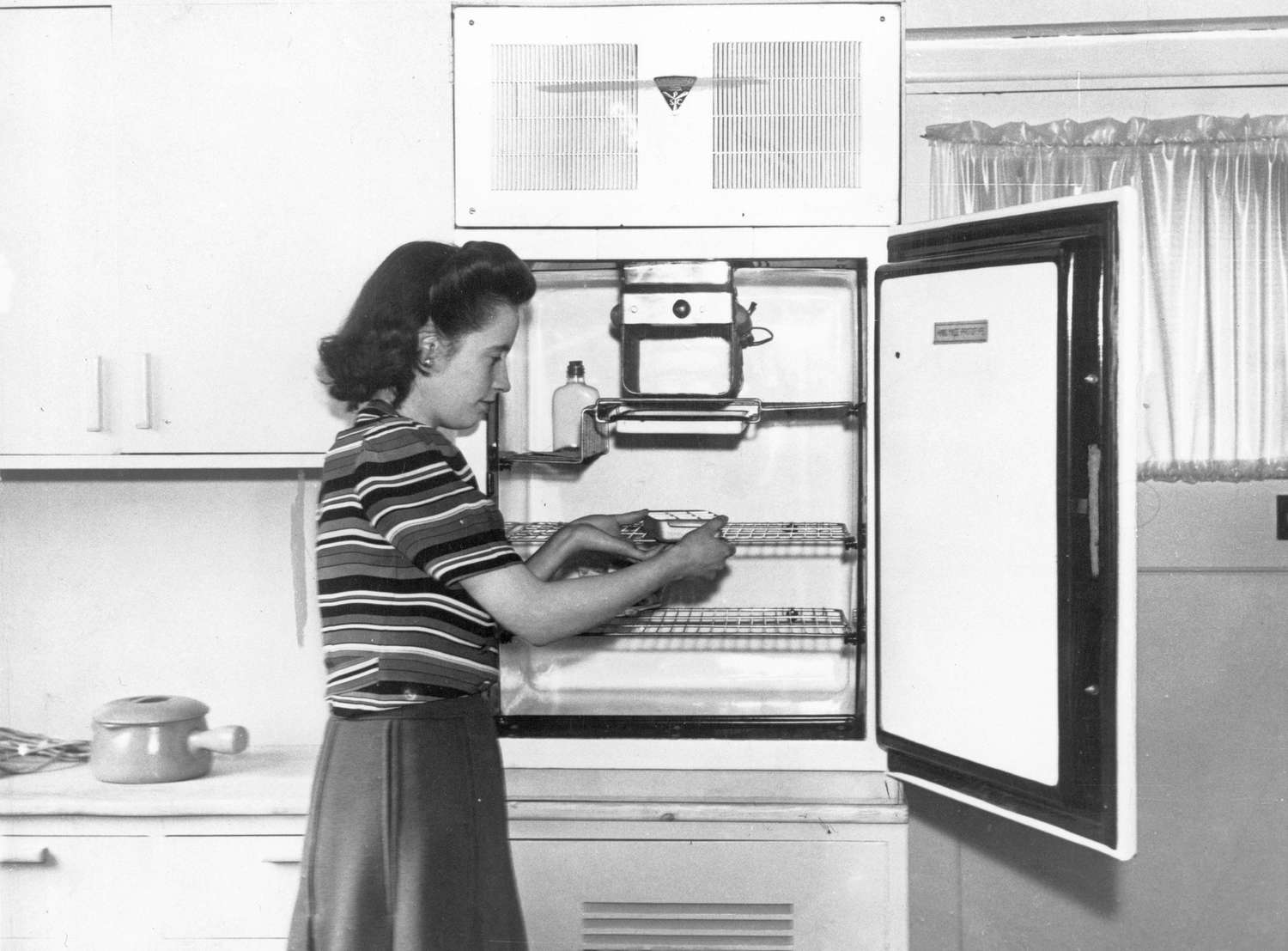

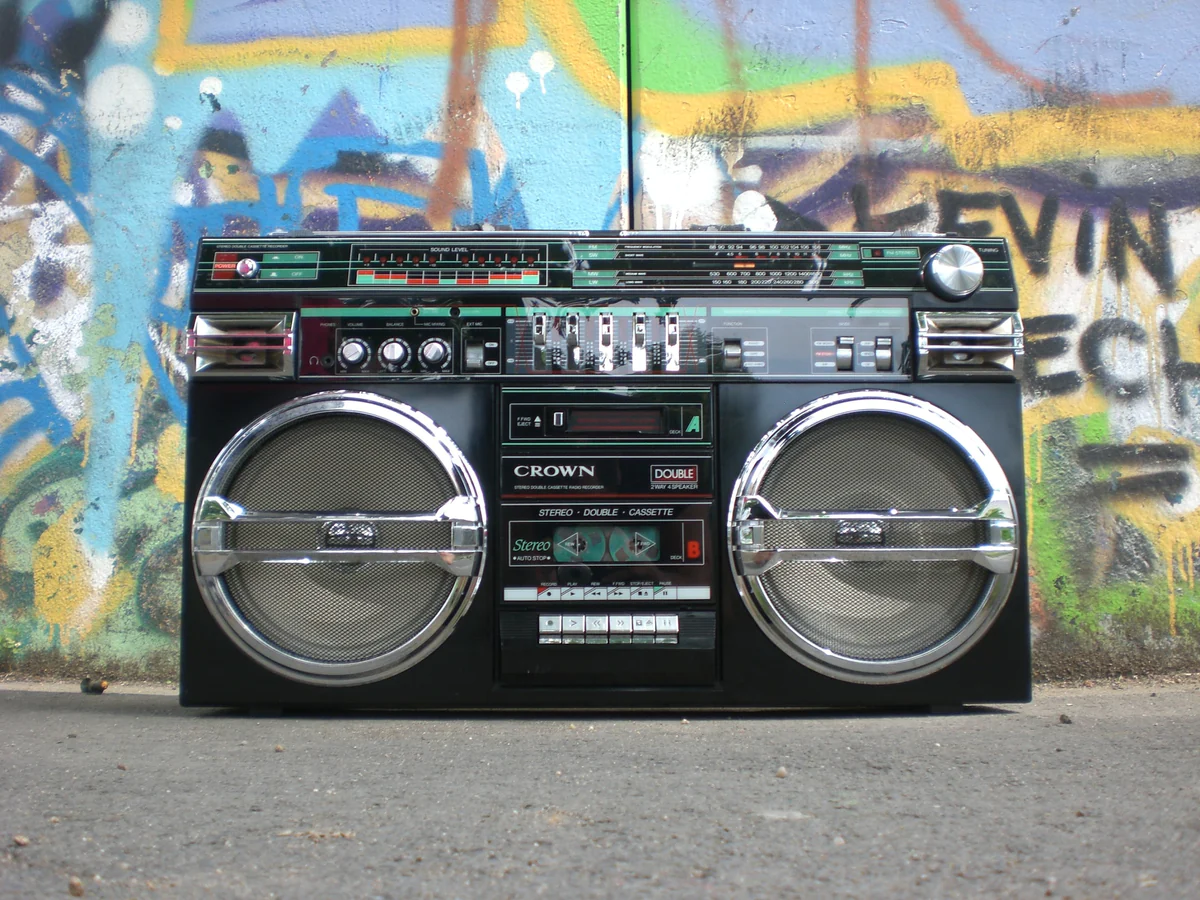
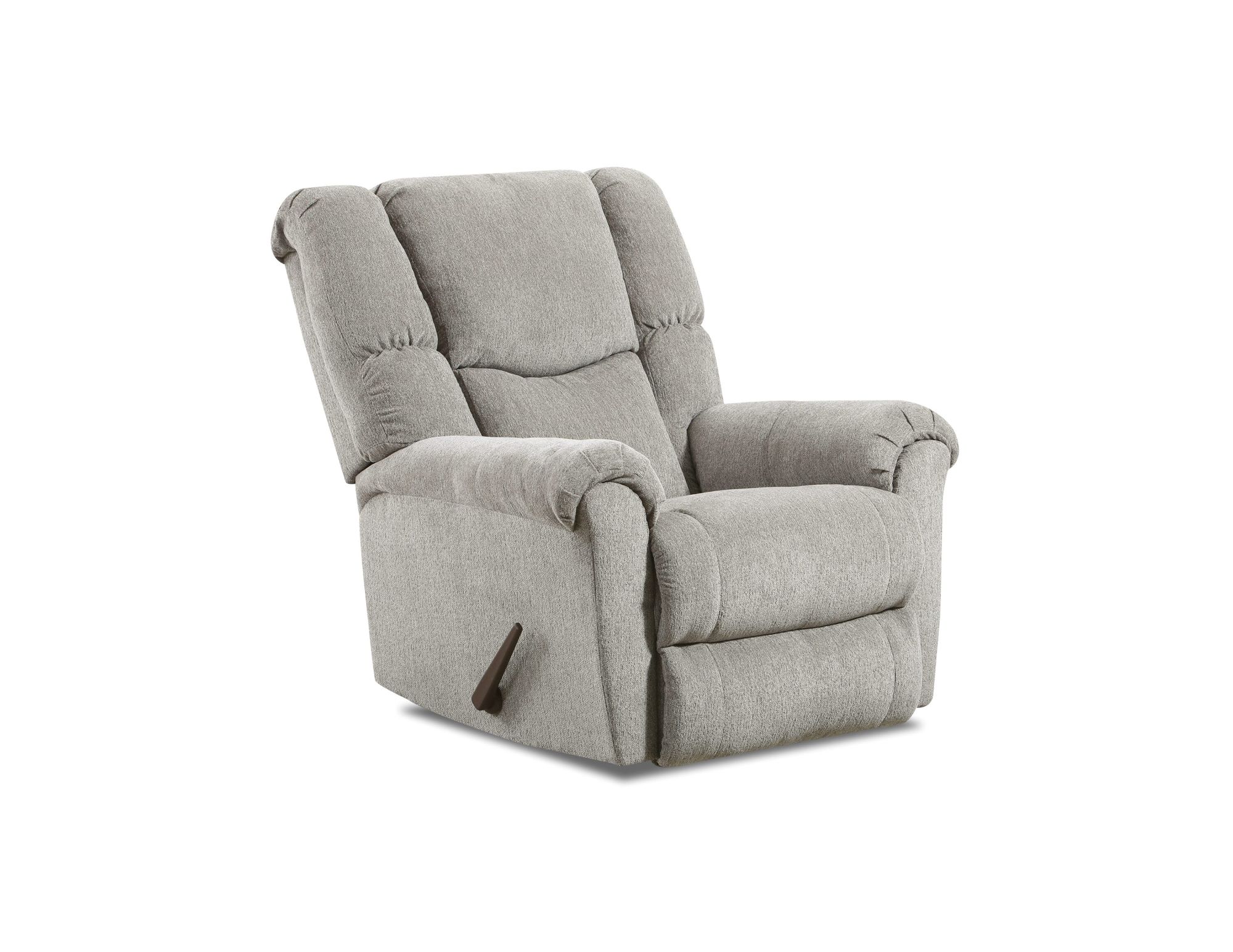
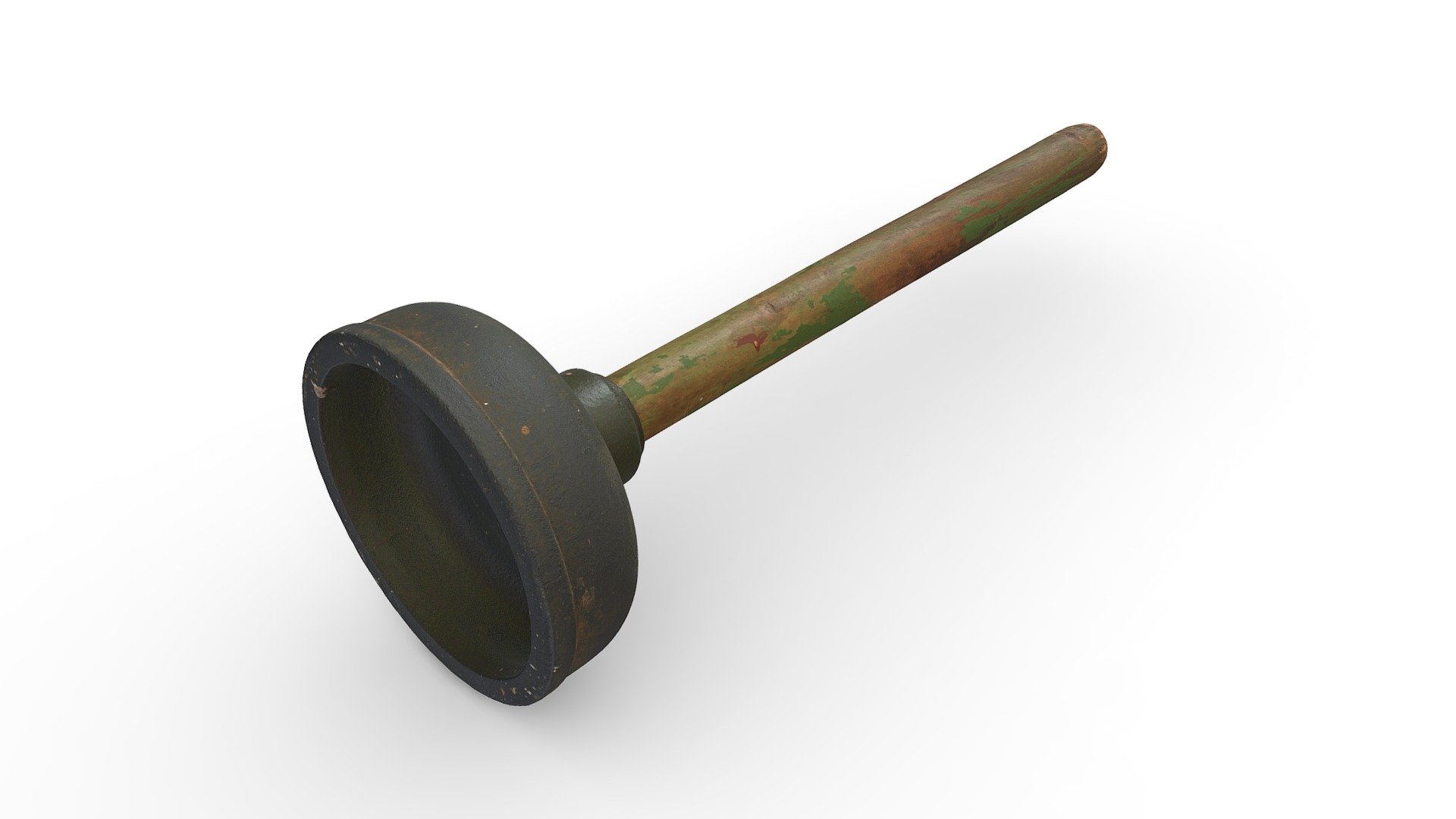

0 thoughts on “When Was Cornhole Invented?”